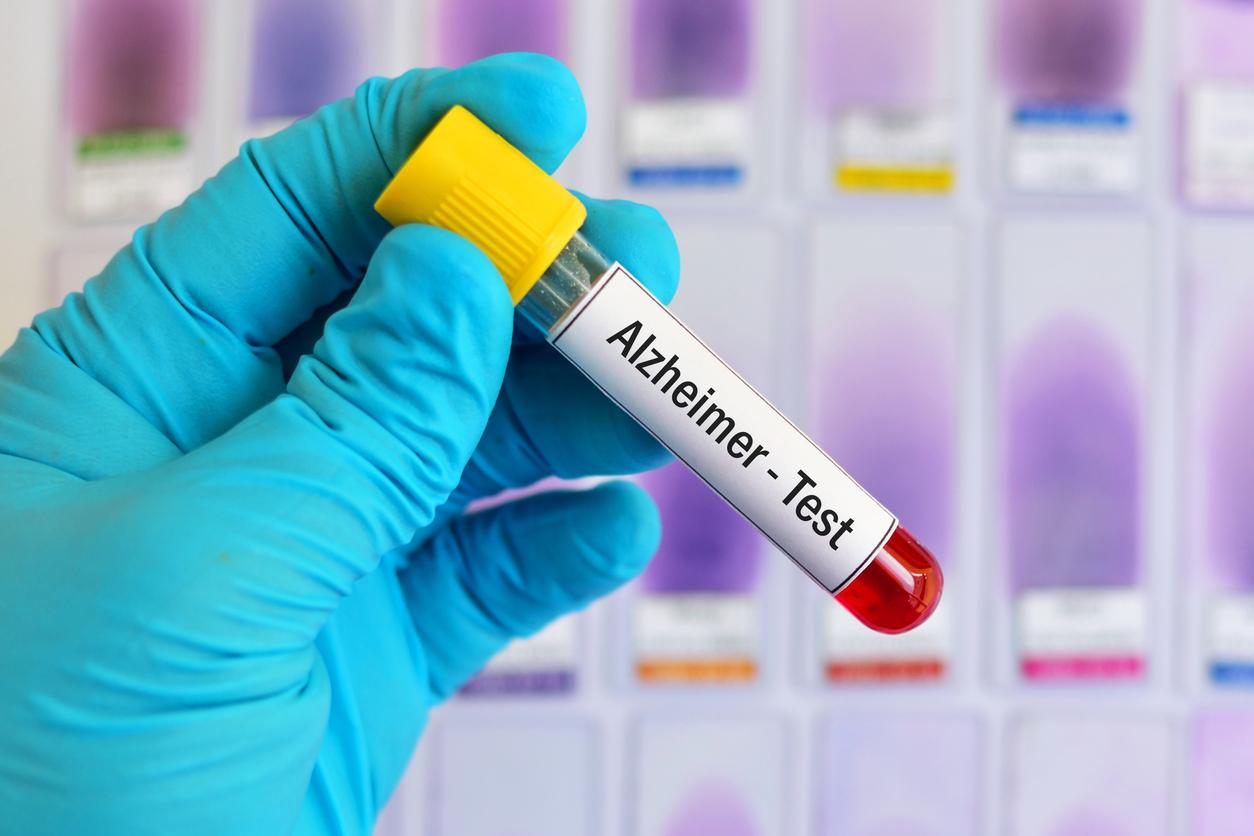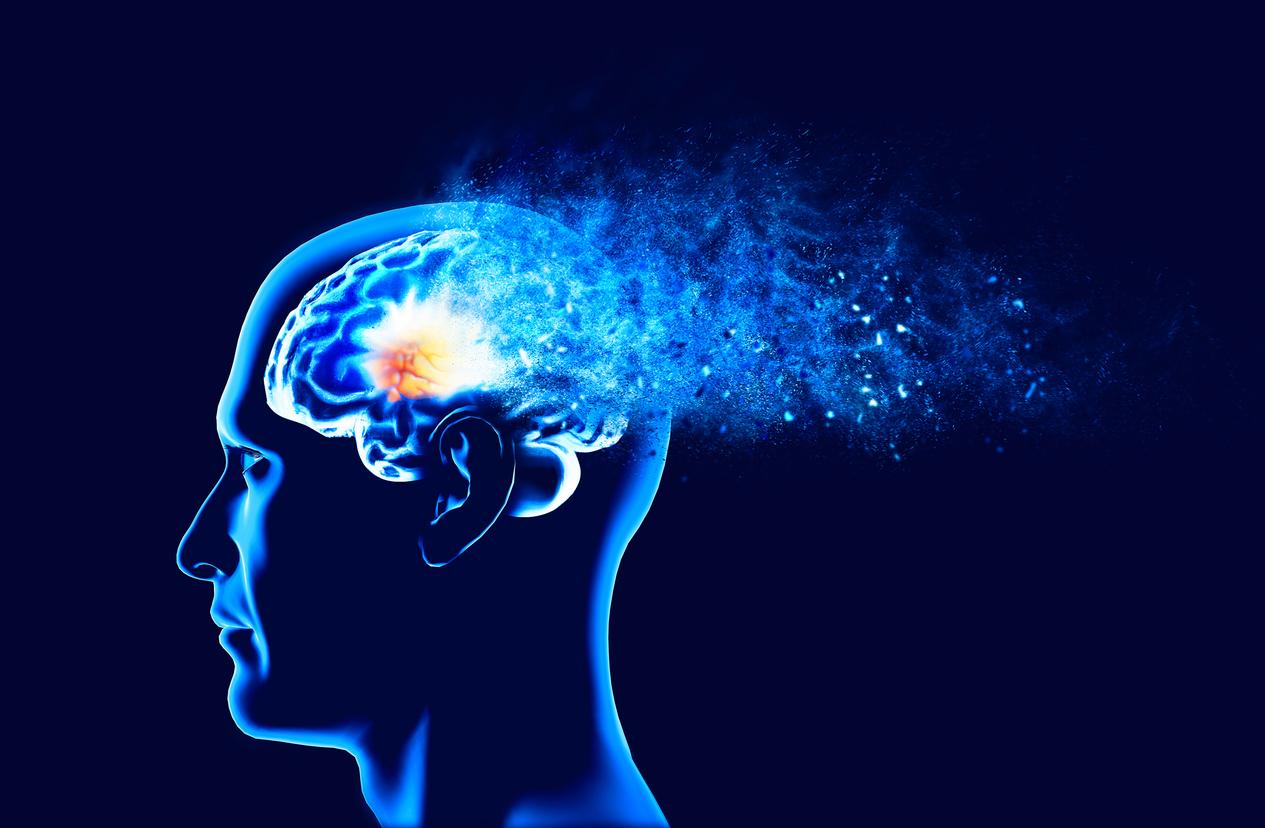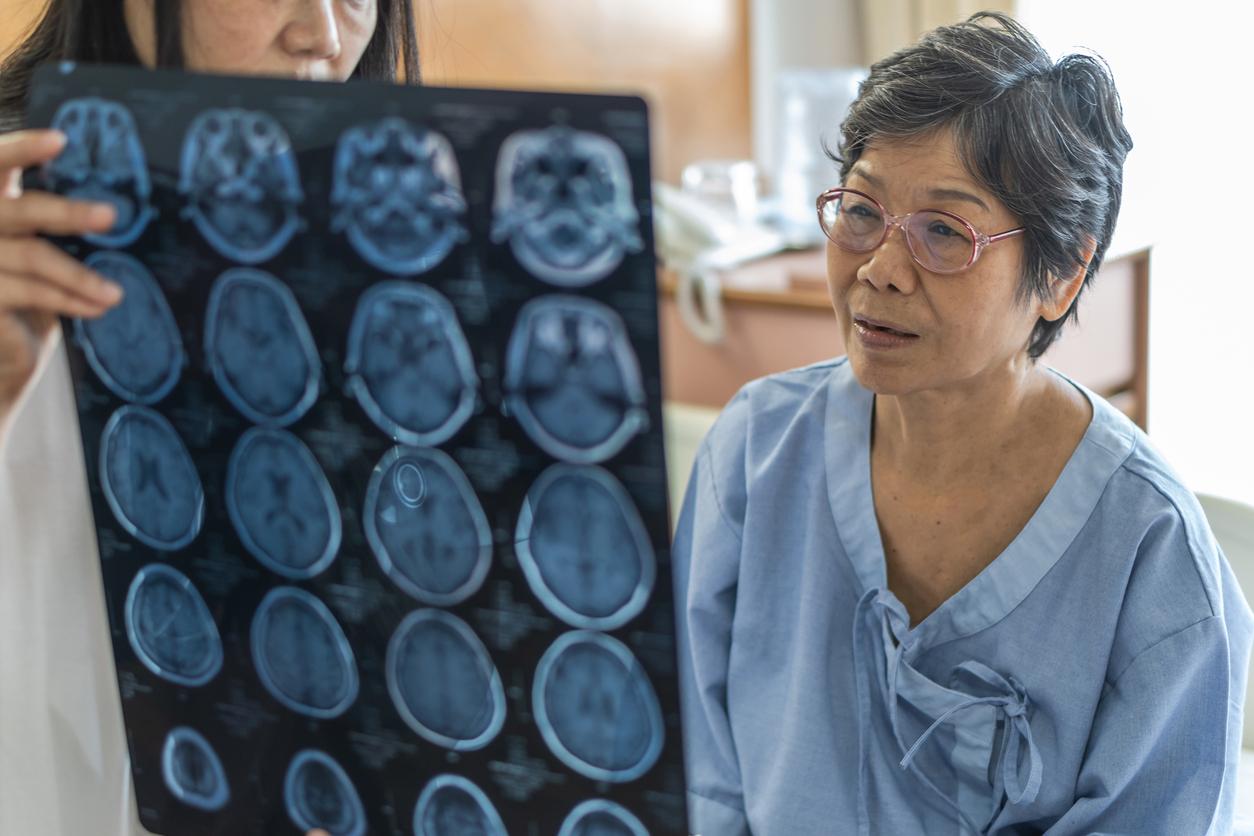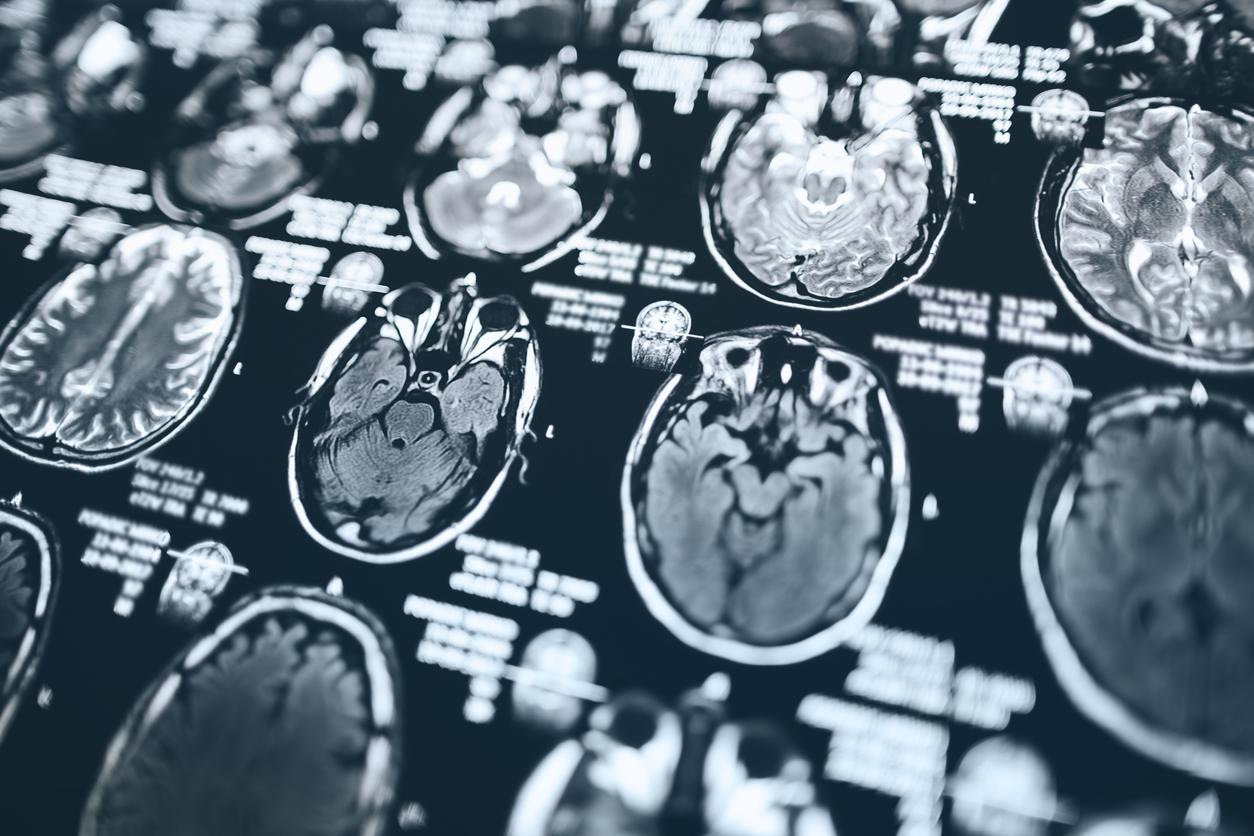In the United States, the mortality rate attributed to Alzheimer’s disease rose from 16.5 per 100,000 people in 1999 to 25.4 per 100,000 in 2014, which represents a 55% increase in fifteen years. This strong increase would be due to the aging of the population but also to the earlier diagnosis of the disease.
As “baby boomers” age, health authorities are dealing with what they call “the Alzheimer’s tsunami” which affects not only people with this form of dementia but also those around them, according to Christopher Taylor, epidemiologist for the Centers CDC and author of this report on Alzheimer’s mortality.
5.5 million people with Alzheimer’s
In the United States, about 5.5 million people over the age of 65 have Alzheimer’s disease. But authorities expect that figure to more than double, to 13.8 million people by 2050.
However, as a recent report by the National Institute for Health Surveillance pointed out, these projections are based on stable prevalence rates. However, according to this same report, the industrialized countries are witnessing a slight drop in frequency dementia, thanks in particular to better management of vascular factors and a better lifestyle.
One in four patients dies at home
The CDC report also points to a shift in where people with Alzheimer’s die. Although in 2014 just over half of patients still died in a nursing home or care facility long-term, this percentage decreased significantly compared to 1999. While during this same period, the proportion of people who died at home fell from 13.9% to 24.9%.
Read also :
Cognitive decline would start earlier than expected in women
Alzheimer’s: a quiz to test your knowledge of the disease


















